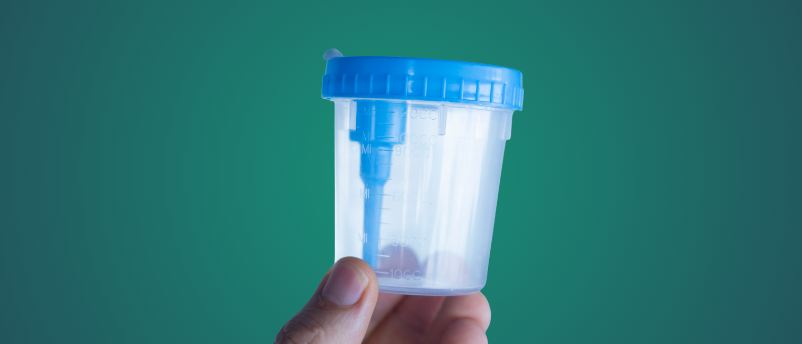
BioTechniques News
Beatrice Bowlby

A non-invasive, handheld Alzheimer’s diagnostic test could be on the horizon.
An international team of researchers has developed a handheld, non-invasive device to detect biomarkers of Alzheimer’s and Parkinson’s disease. This could allow for at-home and point-of-care diagnostics for these neurodegenerative diseases.
Currently, there is no single test to diagnose Alzheimer’s, so physicians rely on a combination of neurological exams, cognitive and functional assessments, imaging techniques including MRI, and cerebrospinal fluid and blood tests. This makes early detection of the disease challenging, especially due to the invasive nature of some of these tests.
The researchers of this study, led by Ratnesh Lal (University of California, San Diego; UCSD, CA, USA), wanted to develop an affordable, non-invasive device to detect biomarkers associated with Alzheimer’s and Parkinson’s, which can wirelessly transmit results to a laptop or smartphone. To do so, they adapted a device they developed to detect spike proteins on SARS-CoV-2. The device developed in the current study detects amyloid beta and tau peptides, which are biomarkers of Alzheimer’s, and alpha-synuclein proteins, which are biomarkers of Parkinson’s.
 More than meets the eye: how molecular aging can give an insight into health
More than meets the eye: how molecular aging can give an insight into health
Eyes are not only the window to the soul but also to age and health status.
The biosensor relies on electrical rather than chemical detection of biomarkers associated with Alzheimer’s and Parkinson’s. The biosensor consists of a chip with a field effect transistor (FET), a high-sensitivity transistor made with graphene layers and three electrodes; a source and drain electrode are connected to the poles of a battery to provide a flow of electric current while a gate electrode controls the amount of current flow. The gate electrode is connected to a single DNA strand that specifically binds to amyloid beta, tau or synuclein proteins, acting as a probe. The current flow between the source and drain electrodes is altered when the biomarkers bind to the probe.
The device was tested with brain-derived amyloid proteins obtained from patients who passed away due to Alzheimer’s or Parkinson’s. This showed that the device was able to detect specific markers with a similar level of accuracy to currently available methods. It also worked at low concentrations, meaning that only small quantities of samples would need to be obtained. The biosensor was able to work well even when samples contained a range of other proteins. The researchers did note that tau proteins were more difficult to detect. However, as the biosensor combines results from all three biomarkers, it was still able to provide a reliable result.
Next, the device will need to be tested on blood plasma and cerebrospinal fluid samples, before being tested with saliva and urine. The technology has been licensed to a biotechnology startup called Ampera Life (CA, USA) and researchers hope this device will be on the market in a year.
The post Non-invasive diagnosis of Alzheimer’s disease from saliva samples appeared first on BioTechniques.
Powered by WPeMatico
